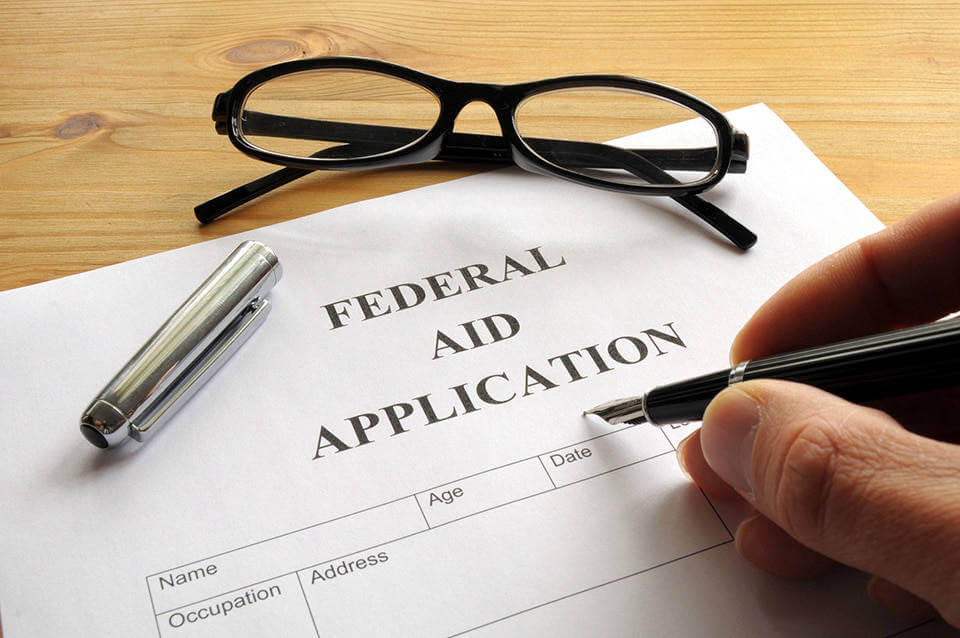By Unigo
The federal government awards over $150 billion in grants, student loans, and work-study funds each year to more than 13 million students paying for college, and the Free Application for Federal Student Aid (FAFSA) is how to get it. Many schools and states also use the FAFSA to determine eligibility for other financial aid like grants and scholarships.
While the FAFSA may be free, it isn’t necessarily easy. Mistakes on your application can cause processing delays and may prevent you from getting the most financial aid, so it’s important to get it right. Here are some tips on how to fill out FAFSA to help you fill it out correctly.
What you’ll need before you start
Before you start on how to fill out FAFSA and the application process, there are a few pieces of information you and your parents should gather.
- FSA ID: This is an online ID used to digitally sign the FAFSA. Students and parents of dependent students must each create their own FSA ID.
- Social security number
- Driver’s license number
- Most recent federal income tax information or tax return
- W-2 forms from jobs and all other records of money earned
- Bank statements and account balances, records of investments, and untaxed income (if applicable). Both students and parents need this information.
FAFSA and your taxes
First tip on how to fill out FAFSA correctly is to check you taxes. The 2016-17 FAFSA will require information from your 2015 federal income tax return (1040). If you’re completing the FAFSA before filing your 2015 taxes, you may estimate your tax and income information. Once you have your final 2015 tax information, you must go back and update the FAFSA online by September 2016.
Note: This is the last year you’ll have to estimate taxes. Beginning with the 2017-18 academic year, the FAFSA will be available on Oct. 1 and will require tax information from two years prior, which you should already have.
FAFSA deadline
Second tip on how to fill out FAFSA correctly is to check the deadlines. The FAFSA can be submitted from Oct. 1 to June 30. Schools and states may have their own FAFSA deadlines, which must be met in order to receive certain grants, scholarships, and student loans. Some financial aid is available on a first-come-first-served basis, so you should submit the FAFSA as early as possible each year in order to have the best chance of being awarded the maximum amount of financial aid.
And don’t forget, you’re required to submit the FAFSA for each year you want aid, even if your financial situation hasn’t changed.
Are you financially dependent or independent?
Another important tip on how to fill out FAFSA correctly is when filling out the FAFSA, it’s important to know whether you’re considered dependent or independent. The questions in section three of the FAFSA will determine your status. Dependent students must provide parental tax and income information, while independent students do not.
Common FAFSA mistakes to avoid when filling out FAFSA
- NEVER pay to file the FAFSA! It’s FREE to file online at fafsa.gov, so be sure you’re on the right website.
- Don’t skip the directions and definitions. Each question has helpful instructions and links to detailed definitions and explanations. Be sure to read carefully and thoroughly and double-check each section for errors to avoid processing delays.
- Make sure you know whose information is being requested. Some sections require student information and other sections require parent information. If the form refers to “you” or “yours,” it typically refers to the student.
- Students are included in the household size. Even if you didn’t live with your parents last year, you should still include yourself in the household.
- When to include stepparent’s financial information: If your birth or adoptive parents are divorced and the parent you live with most of the time — or receive most of your financial support from — is remarried, you have to report your stepparent’s financial information. This also means you must include all stepsiblings in your household size.
- Don’t list exempt assets in the financial section. The equity in the primary residence shouldn’t be included.
Mistakes on the FAFSA application can affect the amount of financial aid you’re eligible for, so review your application carefully (at least twice!) before clicking that submit button.
